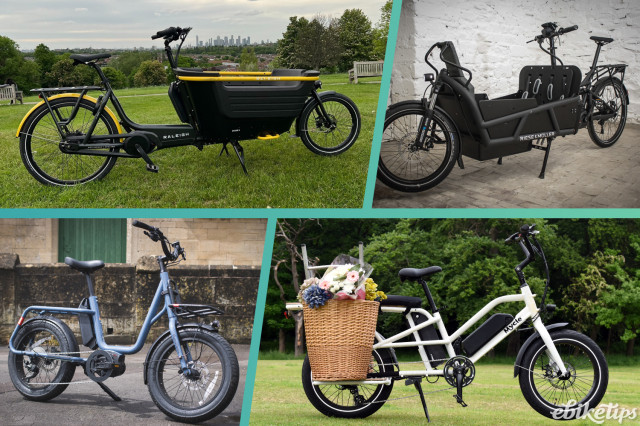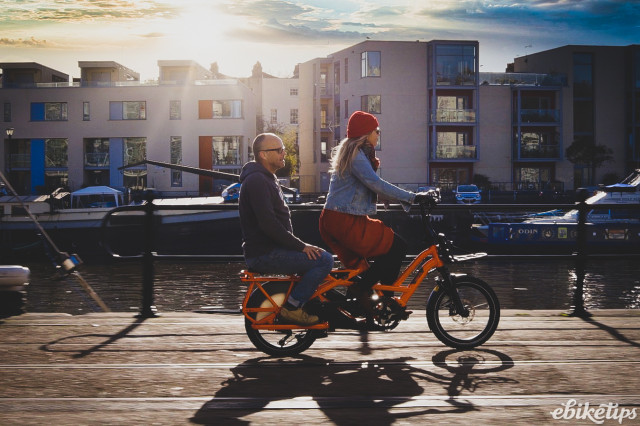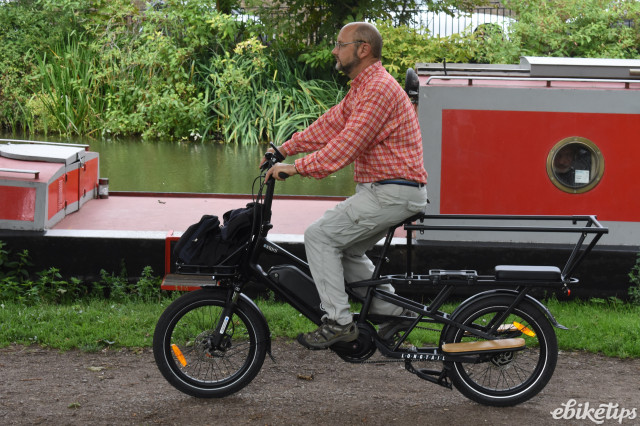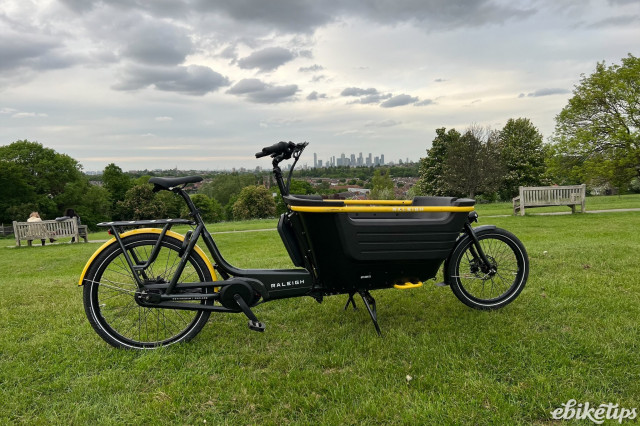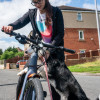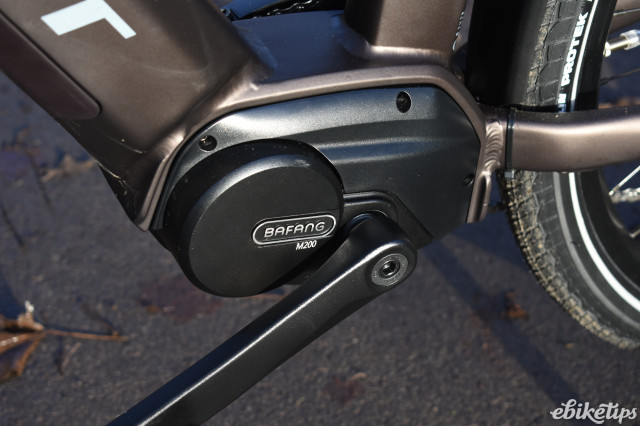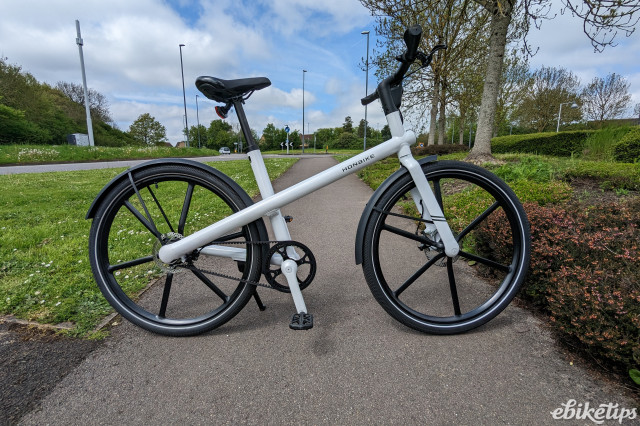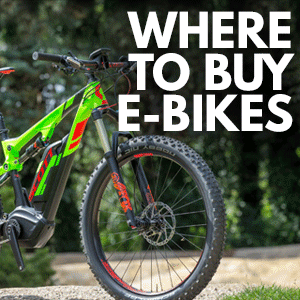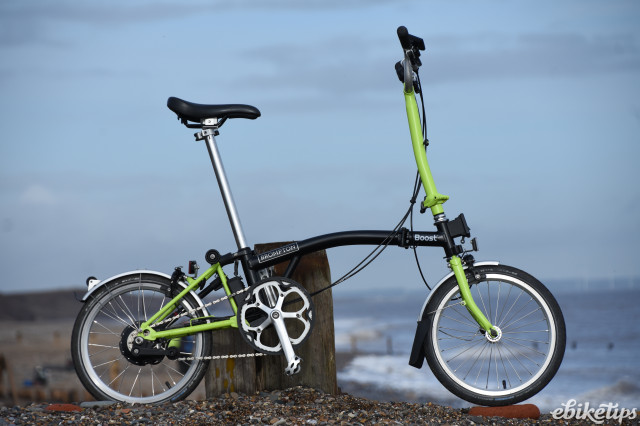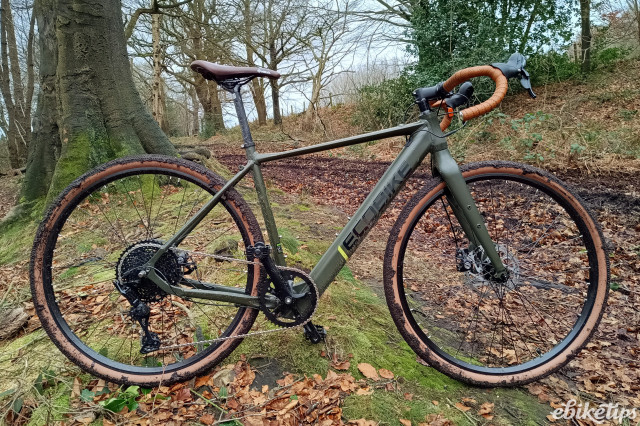Electric cargo bikes are a burgeoning sector in the e-bike world. They're multi-faceted and incredibly useful, and whether you're looking to replace your car or just want something so you're able to carry the shopping a bit more easily, there's an e-cargo bike for everyone.
The best e-cargo bikes will have plenty of carrying capacity and a high-powered motor to make lugging all that stuff around all but effortless. Businesses in particular are opening their eyes to the idea of using e-cargo bikes as last-mile delivery solutions, and if such a vehicle can replace a van, surely it can replace an SUV on the school run too.
There are two main types of e-cargo bike: front loading and rear loading. Rear loaders generally have racks behind the rider’s seat, upon which you can affix accessories like child seats or pannier bags for large items. Front loaders tend to feature bucket type carriers – again, ideal for ferrying kids around, or dogs, or the shopping. These are the ones you’ve likely seen local delivery firms using.
Because of the additional demands placed upon them, e-cargo bikes typically employ high-end motors. This, combined with the extra load carrying capacity, means they don't tend to come cheap (although they're certainly cheaper than even a second-hand car, if that's what you're replacing - as well as being hugely cheaper to run). Nevertheless, if you find that you baulk at some of the prices below, we've got a separate guide to the best e-cargo bikes under £3,000.
Best electric cargo bikes 2025
- Best overall: Tern GSD | Buy for £4,700 from Surge Bikes
- Best for families: Riese & Müller Load 75 | Buy for £6,819 from Electric Bike Sales
- Best value: Estarli eCargo Longtail | Buy for £2,995 from Estarli
- Best of the rest
- FAQs
- How we review e-bikes
Best overall: Tern GSD S10 - £4,700
A timelessly popular choice, the Tern GSD is what many consider to be the ‘gold standard’ of electric cargo bikes. It’s recently been updated, with a few improvements from our last review, although those improvement have come at a cost.
This remains, though, the best option for nearly anyone doing normal things on a bike as well as wanting something capable enough to carry lots when necessary – assuming you can afford it. The other builds are even more expensive than the S10, which starts at £4,700, but for our reviewers, this is the model to go for – if you have the pockets for it.
For more detail, read our review of the Tern GSD S10.
Best for families: Riese & Müller Load 75 - £6,889
If comfort and durability are important to you when choosing an e-cargo bike, then the Riese & Müller Load 75 is worth a look. It’s one of the bigger e-cargo bikes on this list (and the market) so best for people with plenty of space (and cash). But it’s versatile and powered by a Bosch mid-drive motor (you can choose the specific model when you buy it).
It’s also one of the few e-cargo bikes we’ve seen with full suspension, making it a very smooth and comfortable ride. We reviewed the Touring version from 2019, and while it’s seen some upgrades since then, the spacious bucket remains, making it ideal for families who want to shuttle the kids about.
For more detail, read our review of the Riese and Muller Load 75 Touring.
Best value: Estarli eCargo Longtail - £2,995
The Estarli eCargo uses the Ananda mid-drive motor that appears to be gaining traction in the e-cargo world. It proved a step-up from the Bafang motor seen on the prototype, and our reviewer Richard said it performed "superbly", offering a claimed 110Nm of torque.
To make it seem like slightly less of a beast for storage, the pedals fold in and the handlebar post drops down to create a slightly narrower profile. For under £3k, you also get an Enviolo gear hub and a Gates belt drive for reduced maintenance.
It's hard to pass up at such good value, and it can easily fit rear passengers or up to 90kg of load at the back.
For more detail, read our review of the Estarli eCargo Longtail.
Best of the rest
Benno RemiDemi 9D - £3,999
The Benno RemiDemi 9D is a good quality compact cargo bike that can be built with a range of luggage options. It's a fun and versatile bike and just the kind of thing you need if you’re hankering after a cargo bike but really don’t have the space for one.
It’s not as versatile as its sibling, the Boost, or Tern’s GSD, but it’s quite a bit cheaper than either and will offer enough carrying capacity for many people in a compact package. It’s not a light bike, but the Bosch Performance Line motor helps to take the strain.
For more detail, read our review of the Benno RemiDemi 9D.
Riese & Muller Multicharger Vario - £5,890
The Riese & Muller Multicharger doesn't look like a regular e-cargo bike, but it still has its place in this guide. It's more of an 'everyday' e-cargo, with the ability to live and be stored as a more regular sized e-bike would, but with the added benefit of being able to carry enough that it could realistically replace a car for many people.
The wheelbase is just 20cm longer than a 'regular' bike, and you can still carry a passenger comfortably, or kit it out with panniers if that's how you'll use it. Our reviewer managed to comfortably fit a week's worth of shopping for a family of four into the panniers, and gave his 13-year-old daughter lifts to school atop it, to give you some idea of its capabilities.
Yes, it's expensive, but it's still cheaper than many second-hand car options, and operates with a bit more flair than a Nissan Micra.
Find out more in our review of the Riese & Muller Multicharger Vario.
Tern Quick Haul Long - £3,500
At the risk of this guide becoming a love letter to Tern e-bikes, we felt it appropriate to stick the Quick Haul Long in too. One of the newer models from the brand, it's available at a lower price than many of its siblings, including the benchmark GSD.
It's still an incredibly capable e-bike though, with the same Bosch Cargo Line motor and 400Wh battery as the GSD. You can still also use the same rear child seats and panniers too, with just a 10kg lower weight carrying capacity.
For more detail, read our review of the Tern Quick Haul Long.
Mycle Cargo - £2,499
The Mycle Cargo is the British based brand’s first foray into this type of e-bike, and it really impressed our reviewer, Richard, as one of the cheaper electric cargo options around. There’s a claimed total 'rider plus cargo' rating of 215kg, and you can choose between single or dual batteries – plus a load of accessories.
There are, of course, a few compromises, like the 7-speed Shimano Altus groupset and cable operated disc brakes, but for the price it’s an excellent starting point. It uses a rear hub motor rather than the mid-motors seen on other recommendations - but it's a powerful one and Richard managed 70 hilly miles out of one charge of the dual battery model.
For carrying lighter kids or medium weight loads, this is a decent option to get into the world of cargo biking. The only snag right now is that it's currently out of stock, but due to return "in 2025." We didn't want to miss it off the guide, however, because it's such good value.
For more detail, read our review of the Mycle Cargo.
Carla Cargo Trailer
For those who perhaps don’t require a cargo bike every single day, but do need something a bit more capacious than a regular bike, the Carla Cargo Trailer might be your answer. It affixes to the rear axle of your e-bike via a towbar hitch and has a payload rating of 200kg.
The Carla Cargo Trailer is hefty, and weighs 45kg on its own, so it’s only going to be suitable for those with a lot of storage space. In its current form it can be used with e-bikes, but there is also an E-Carla, which comes with a front wheel motor, which can be used with a non-electric towing bike.
For more detail, read our review of the Carla Cargo Trailer.
Raleigh Stride 2 Family Cargo Bike
The Raleigh Stride 2 Family Cargo Bike is a highly practical, spacious, and powerful e-cargo bike. It's also massive. At 2.6m, it's the length of a small car – but then that is what it's designed to replace. The Stride 2 is fitted with Bosch’s top-of-the-line Performance Line CX motor and a large reinforced polystyrene ‘bucket’ at the front, which is protected by large metal bars.
It has a cargo capacity of 80kg and can be fitted out with harnesses, child seats and the like. There’s a rear rack too. One advantage of a long john design over a longtail is that you can more easily see your cargo, which may well be particularly appealing if they’re related to you.
For more detail, read our review of the Raleigh Stride 2 Family Cargo Bike.
FAQs
Is an electric cargo bike eco-friendly?
If by using an electric cargo bike you have changed the way you’re travelling from driving a car, then yes! In fact, a lot of businesses are now jumping on board as not only is it more environmentally friendly to use e-cargo bikes than delivery vans, but within cities it can often be faster.
How fast can an electric cargo bike go?
This depends entirely on how fast you can pedal. But if you’re thinking about the motor speed limit, it’s limited to the same speed as all other e-bikes in the UK, so the assistance will cut out at 15.5mph. Whether or not you can ride faster than that will depend on the terrain, how much you’re carrying, and your fitness.
What are front-loader e-cargo bikes?
Also known as box bikes, or Long Johns, these two wheelers are probably what springs to mind when someone says ‘cargo bike’ to you. They have a front wheel that’s moved forward, with a low slung box in front of the rider. The steering is operated via cables or a linkage. First made in the 1920s in Denmark, it is perhaps the most useful load lugger and most are capable of carrying two kids or a big supermarket shop.
Two bikes have spun this on its tail by putting the box at the rear: the Madsen (no longer made), and the Mike Burrows 8 freight. The advantages and disadvantages are well-argued, but the consensus is that box forward is the preferred style because you can see your cargo. That’s especially important if your cargo is kids or dogs.
What are longtail e-cargo bikes?
Imagine a conventional bike with the rear wheel pulled back a bit, with a longer rear rack. This is originally an African load-carrying design, made popular by a group of young men in San Francisco who created the xtracycle and the Yuba Mundo (from a German design).
The longtail can take plenty of cargo in custom panniers, or you can strap stuff to the extended rack. It’s the most versatile bike for carrying two children once they are able to sit in a child seat, and you can easily carry another adult too.
Can I use my current e-bike as a cargo bike?
Many e-bikes can be put into service as e-cargo bikes. It could just be your daily ride with a rack on! We are used to pannier racks at the front and the rear but the porteur style rack – where the front rack is attached to the frame rather than the fork – is a way of adding a flexible platform on which to place a laptop bag or a few bits of shopping.
Because the load is separated from the steering it doesn’t affect the handling as much, and the rack gives useful extra capacity without adding to the bike length or much to the weight. Winora, Civia, Soma, Omnium and Bicicapace are some of the companies currently making porteur-style bikes.
What kind of motors are on electric cargo bikes?
Due to the volumes of stuff these bikes are generally required to move, mid-drive motors are generally favoured on electric cargo bikes as they apply power more effectively at lower speeds, such as when you're first getting moving. Mid-motor systems are generally smooth, powerful and a pleasure to ride. They will also work with any gearing system, including hub gears, which you may see more of on electric cargo bikes – think Enviolo and Rohloff.
